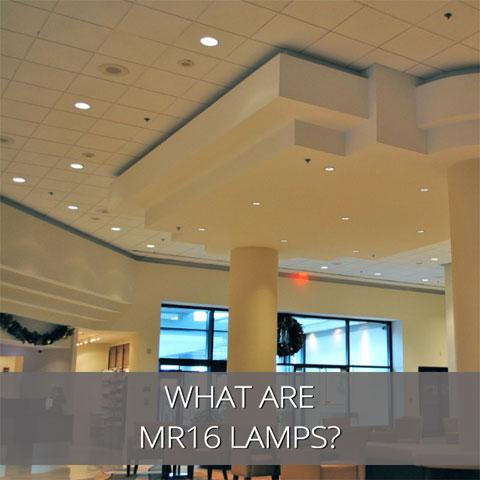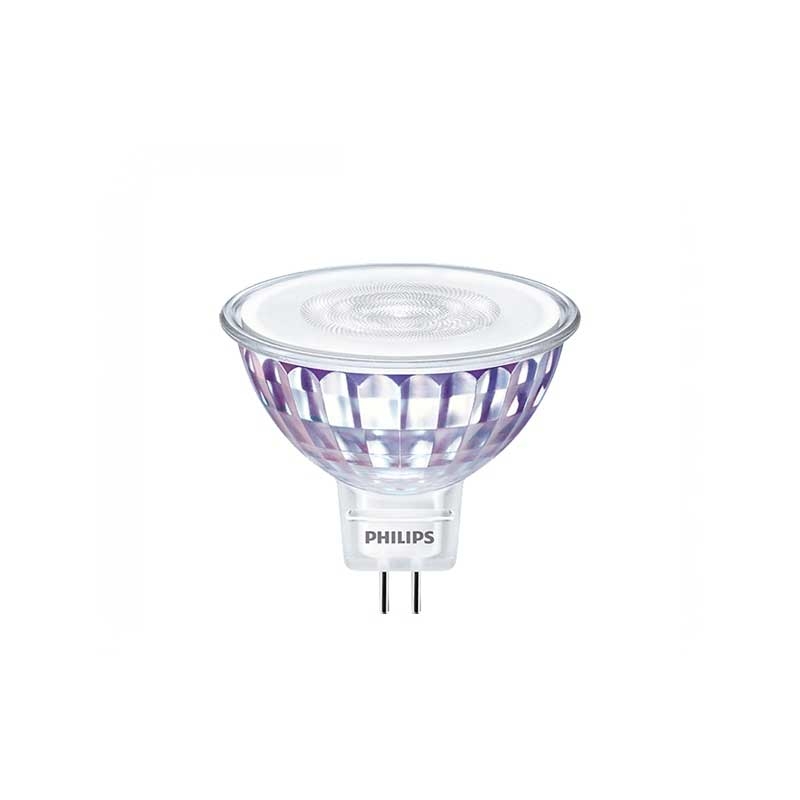What are MR16 Lamps?
In lighting our home, there may be instances where the need for directional lighting will help. This might include uses such as track lighting and recessed ceiling lights for example. This is where MR16 lamps come in. They provide a more efficient way of lighting a room.
Multifaceted reflector or ’MR’ lamps as they are often known, involve the use of a halogen or LED bulb within a reflective housing. MR lamps have many facets within the housing that have a reflective covering of either aluminium or a dichroic coating. These facets gather the light from the bulb to provide a controlled, directed beam of light.
MR lamps have been around for some years. The most common type is the MR16 lamps. There are other types such as MR11 and MR8 for example. The numerals in the designation of MR lamps represents the diameter of the lamp in units of eighths of an inch. MR16 means that the lamp has a diameter of 2 inches.
When it comes to choosing MR16 lamps, they do have several advantages when compared with other lamps. For example, they are often smaller. The result is that using MR16 lamps in track or recessed lighting can provide you with more flexibility in lighting a room. Just as there are advantages, the use of MR lamps also has its disadvantages especially if improperly used.
They can produce a considerable level of heat. As a consequence, if you are going to use them it is important to take care and avoid them touching the skin. It is also important to avoid positioning them near flammable material while the lamp is on or has been on recently.
MR16 lamps are worth considering if you are looking for directional control in setting up your lighting as well as efficiencies. They provide a means of saving substantial use of energy as well as reducing electricity and maintenance costs. Compared with the incandescent bulb, halogen MR16 lamps provide a more efficient alternative. In turn MR16 lamps that use LED technologies are 90% more efficient than using halogen bulbs.


